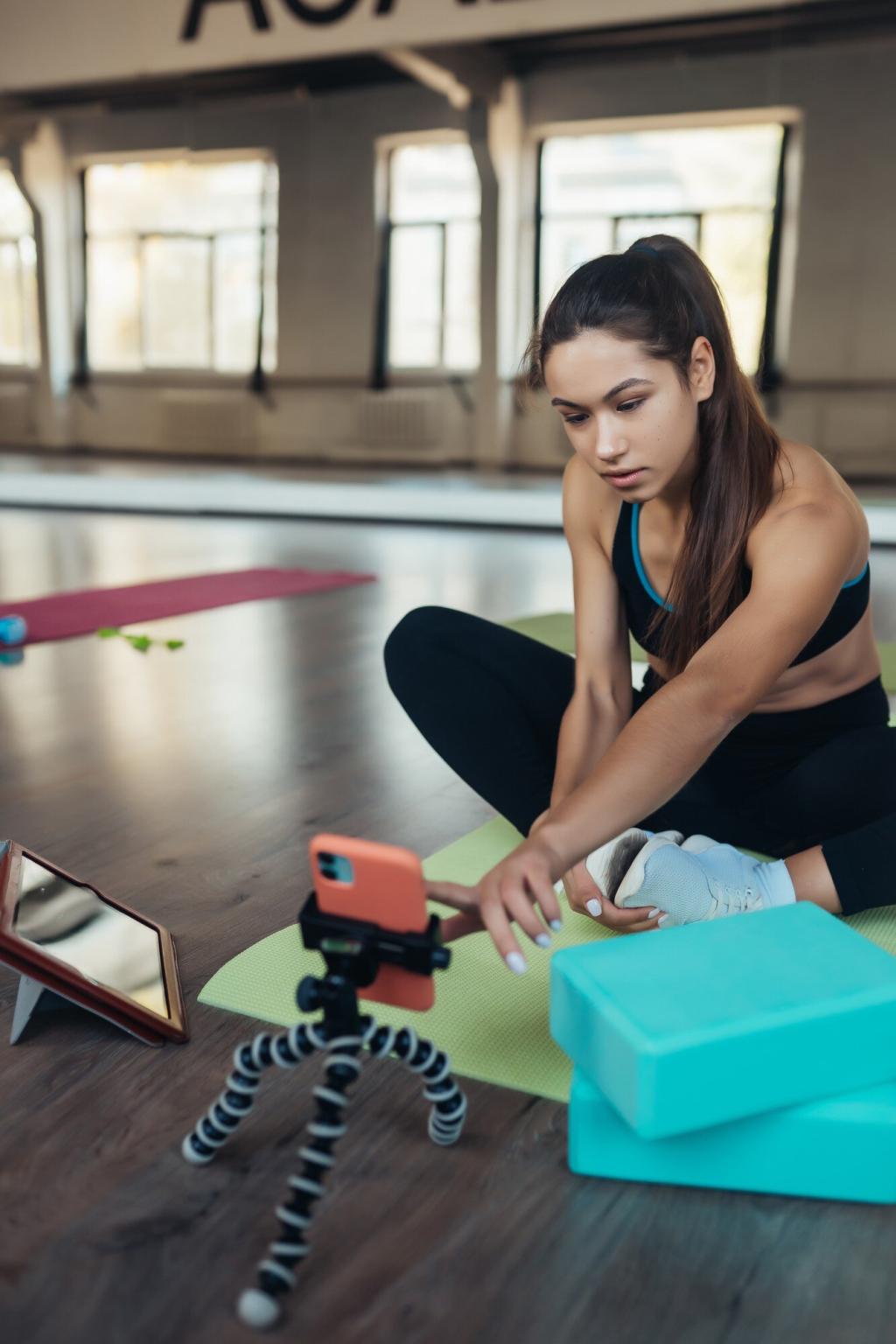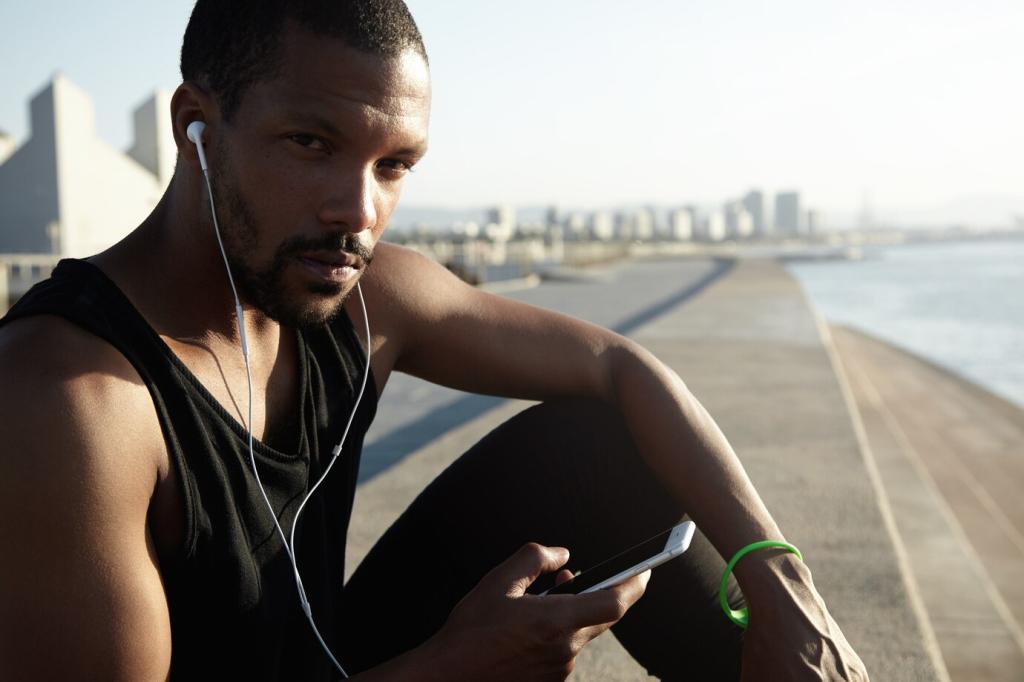Mobility That Stabilizes, Not Just Stretches
Think of Warrior II not as a static stretch, but as active hip external rotation and foot rooting. Add light tempo goblet squats afterward to reinforce the same pattern under load. You’ll gain range and keep it because your nervous system trusts it.
Mobility That Stabilizes, Not Just Stretches
Tree Pose reveals ankle and hip balance asymmetries. Follow it with suitcase carries to challenge the same stabilizers dynamically. The blend teaches your body to maintain alignment during movement, leading to smoother lifting technique and more reliable single-leg control.




